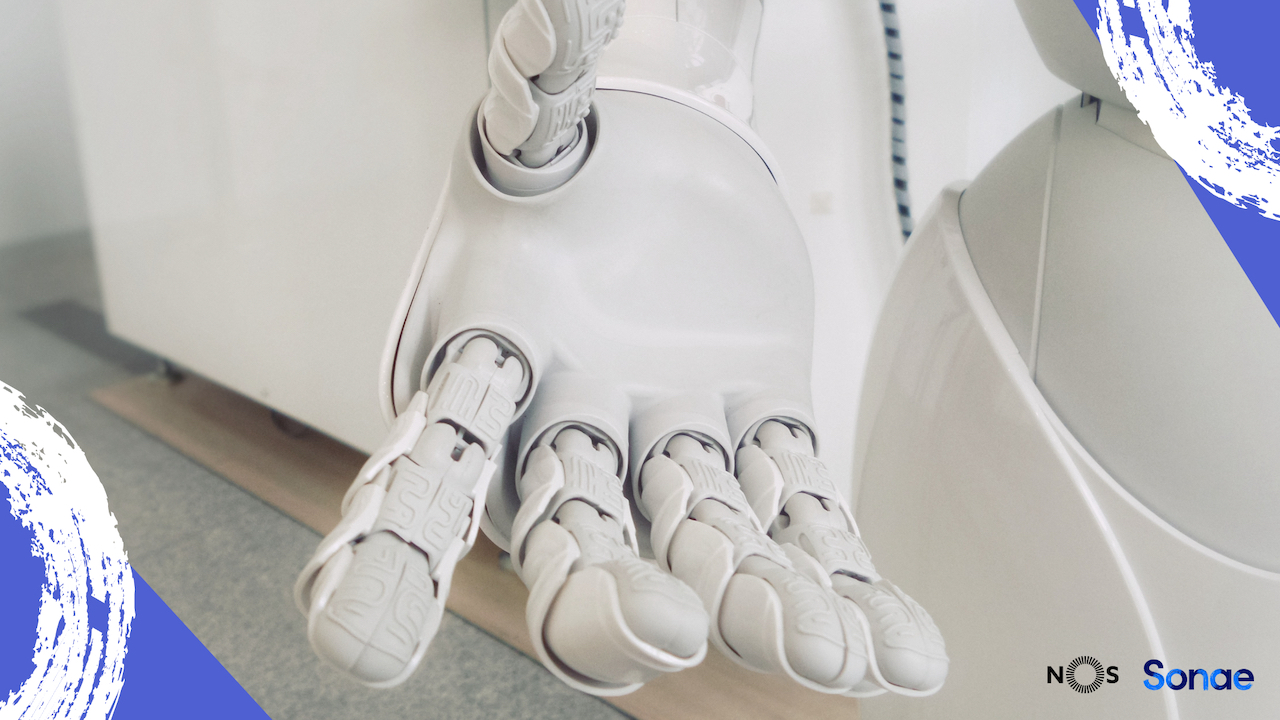We all see the rapid changes in “things” we interact with every day. Do you notice how they are getting smarter and more adapted to the needs and personalities of each of us? For an interactive device, identifying and characterising its users, is a key factor to allow the “smart” delivery of personalised services.
Such user-personalisation in turn is fed by the information collected and mapped about the individuals that explore and use a service/product. And yet, less than 5% of customers use the profiling features that would provide this information to their device. As a result, we as developers face some interesting challenges when building personal experiences.
Our sector has already tried several personalisation technologies, including some based on Machine Learning (ML). However, those pose great challenges in terms of privacy and security, as shared data are easily hackable which leads to low-restriction access to sensible user information in the context of “always-on” technologies. Developers have tried to overcome this, for example via fingerprinting technologies (available in most smartphones in 2022), bioimpedance (Zensei system) and even Electrocardiograms (ECG) – all examples of user-friendly, discrete, comfortable and secure systems that allow identification of the user. Yet, all these tools are expensive, even in the mass market. Could we find a solution that is as safe, but more affordable?
A new era of personalised electronic devices?
Very recently, it has become possible to print mass electronic devices on paper. A new era of flexible and low cost, sustainable and “smart” electronics based on paper is about to start!
NOS – by Sonae – in collaboration with a Portuguese Collaborative Lab – AlmaScience – designed a private investment, a three-months project intended to create a variety of cost-effective “add-on” flexible electronic elements to integrate within NOS’s home devices. In the short-term, the aim would be to improve the TV user experience. In the long-term, the goal is to offer customers an immersive “smart and connected” NOS home experience.
Our plan is to leverage paper electronics to create sensors and make devices smarter – making the world we interact with smarter too. For example, a standard device like the remote control of your TV could sense who it is interacting with, and even their mood, and adapt the user experience to those conditions. With this technology, we could create devices that can sense if we need them and that are there for us when we need them the most.
This innovation is at an early stage of product design. It is an outcome of the current Research & Innovation programme at NOS which is based on two pillars. First, the co-collaboration and cooperation between the company and research institutes helps bring the most valuable R&D assets to the market. Second, it drives the implementation of fast prototyping techniques that lead to radical innovation. In this example, our strategy was able to demonstrate the potential value of technology in the context of user personalisation, to support decision-making and decrease project risks.

Putting the finger on the spot
Following the rule of thumb of Artificial Intelligence/Machine Learning initiatives, the development of “smart things” requires “smart data”. In our project we had to redesign and implement innovative processes to rapidly collect significant data in a short timeframe at low cost. In particular, we had to find new ways to acquire data in compliance with GDPR national regulations and set up several use-cases/prototypes. This was a challenge as in the Portuguese context, the transposition of GDPR rules gives rise to specific national constraints. We have learned from this experience that innovation would be greatly facilitated by an EU-wide GDPR horizontal framework for R&D projects – if done right, this would accelerate pilots/trials across the innovation cycle.
Another discovery was the submission of a co-ownership patent to ensure the protection of the main outcomes of the project, particularly to allow partners to create new businesses and explore new markets for industry or research purposes. Protecting results is fundamental in an innovation strategy and intellectual property is a strong tangible asset with high impact on the economic sustainability of a company or research entity as well as for valuation processes when high-risk investments are involved.
We are currently experiencing obstacles on a step-by-step path to the market. Although the functional prototype serves as a clear demonstrator of a potential new product, there are several demanding steps to transform this prototype into a product, ensuring it fits either the market opportunity and needs, or the financial criteria to scale up. The definition of a clear business case with precise steps to reach the market is mandatory to pass the different gates of the innovation process. And, although some methodologies, such as the lean methodology, are available to engage the main stakeholders and accelerate feedback collection and implementation, it is a long road from innovation to monetisation.
Europe’s business model is ‘growth through innovation’ and yet we are stuck below potential in the acceleration of innovation. Accelerating innovation implies taking advantage of the identified business opportunity, but also receiving ecosystem catalysts, a reality that is being very slowly implemented in the context of the European Union incentives and innovation frameworks.
What can we do to get better at transposing our R&D expertise and assets to the business market? We should – without delay – start by creating more “natural and well-referenced” innovative clusters where researchers, start-up entrepreneurs, investors, businesses and governments can co-generate tomorrow’s competitive paradigm. All things around us are getting smarter – let us also smarten up our innovation environment.

